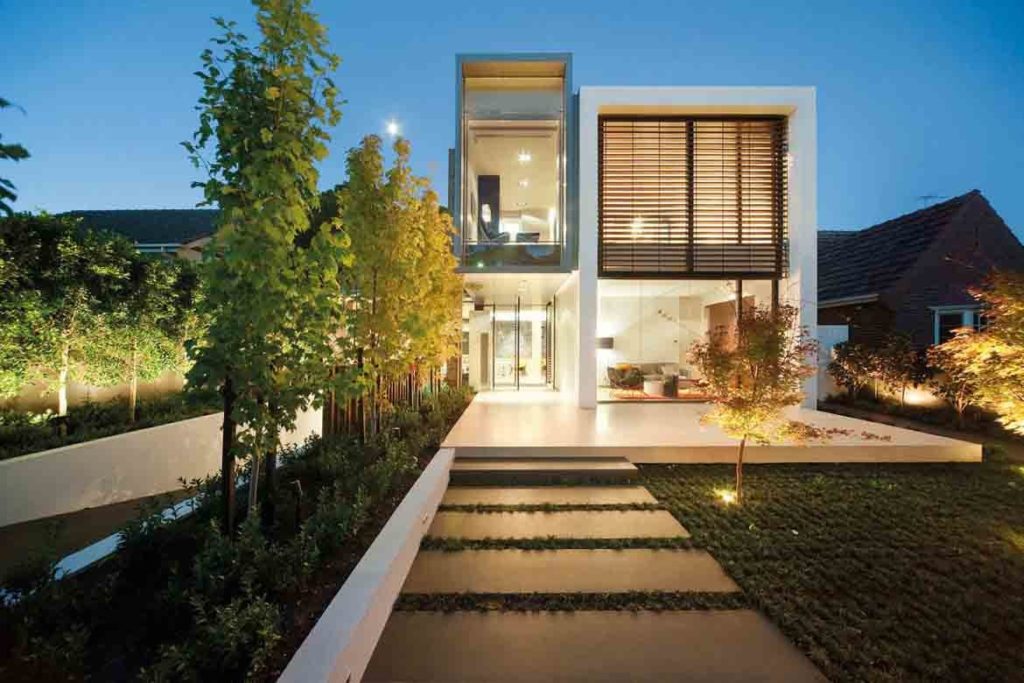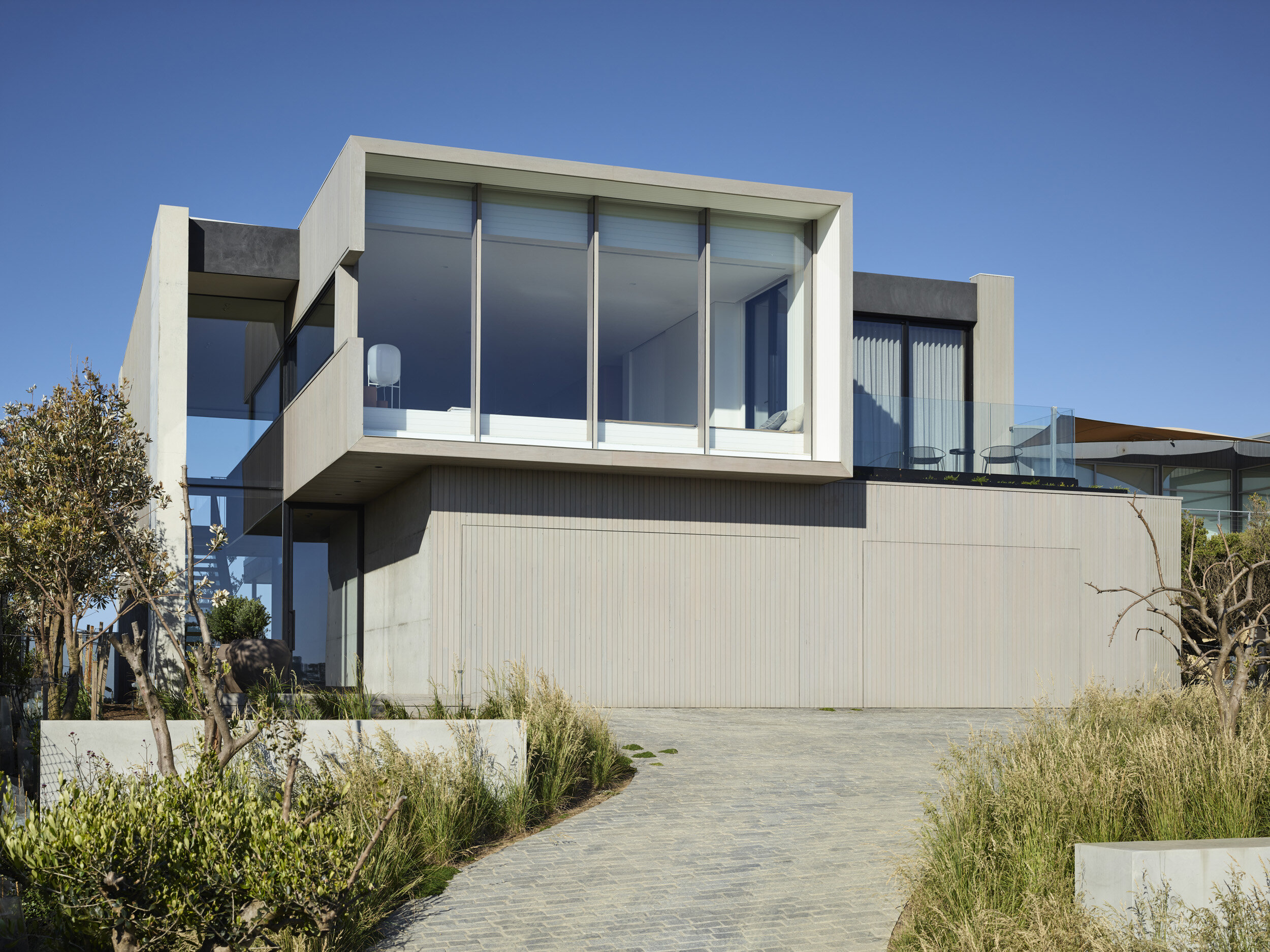Top Trends in Residential Architecture You Need To Find Out About
As property architecture remains to evolve, several engaging trends are forming the method we make and populate our space. Key advancements such as sustainable structure techniques, the integration of clever home modern technology, and the surge of modular homes underscore a considerable change towards both performance and ecological responsibility. Furthermore, ideas like open strategy living and biophilic design are redefining our interaction with space and nature. Comprehending these fads not just notifies layout selections but likewise discloses more comprehensive ramifications for way of living and area - residential house architect. What might these advancements mean for the future of domestic living?
Sustainable Building Practices
An enhancing number of domestic jobs are welcoming lasting structure methods, driven by a growing awareness of ecological influence and energy performance. This shift is characterized by the combination of environmentally friendly materials, energy-efficient designs, and cutting-edge building approaches. Home owners and builders are significantly prioritizing making use of renewable sources, such as bamboo and recycled steels, which not just reduce the carbon impact however likewise enhance the sturdiness and aesthetic allure of buildings.
Integrating energy-efficient systems is one more vital element of lasting structure - residential house architect. Attributes such as high-performance insulation, energy-efficient home windows, and solar panels are becoming requirement in new residential designs. These components not just contribute to lower energy intake yet likewise give substantial long-lasting financial savings for property owners
Furthermore, the design of lasting homes typically stresses all-natural light and air flow, reducing the dependence on synthetic lights and environment control systems. Landscaping techniques, such as xeriscaping, further promote sustainability by minimizing water usage.
As the need for sustainable living remedies remains to climb, the residential architecture market is positioned to innovate and adapt, making certain that future homes are not just eco responsible however functional and likewise comfy for their passengers. - residential house architect
Smart Home Innovation
Smart home innovation is changing the means house owners interact with their space, enhancing safety and security, power, and ease monitoring. This cutting-edge method incorporates different devices and systems, permitting users to manage their homes remotely or via automated processes. Central to this fad is making use of clever tools such as thermostats, illumination, safety electronic cameras, and home appliances, all connected using the Internet of Things (IoT)
One of the most enticing attributes of wise home technology is the capability to customize settings for ideal energy efficiency. Property owners can keep track of energy use and change lights, home heating, and cooling based upon their routines, considerably lowering utility prices. Sophisticated safety systems furnished with clever locks and security cams offer peace of mind, making it possible for remote surveillance and notifies to prospective safety and security violations.
Assimilation with voice-activated assistants boosts individual experience, enabling house owners to regulate tools with simple voice commands. As technology remains to advance, the capacity for smart home systems to boost lifestyle expands, making them a crucial factor to consider in modern-day property architecture. Inevitably, clever home innovation is not merely a fad but a basic shift towards extra smart living atmospheres.
Open Idea Living
Open up principle living has become a specifying feature in contemporary household design, defined by the elimination of typical barriers between areas. This style viewpoint promotes fluidity and connection within the home, permitting a smooth change in between areas such as the kitchen area, eating, and living spaces. By removing partitions and wall surfaces, open principle formats create a feeling of spaciousness, fostering a welcoming environment that enhances social communication.

Furthermore, this strategy to household layout lines up with minimalism, concentrating on practical simpleness and visual coherence. House owners value the versatility of these designs, which can be conveniently adapted to reflect personal style with furniture arrangement and design. As open idea living remains to gain traction, it continues to be a testament to evolving family dynamics and the need for homes that enhance link and convenience.
Biophilic Style
Biophilic layout has actually become increasingly substantial in household style, highlighting the intrinsic link between humans and description nature. This design ideology looks for to incorporate natural environments right into living spaces, thus fostering a feeling of well-being and boosting the lifestyle for residents. By incorporating features such as natural light, plants, and natural products, biophilic design promotes a harmonious connection between indoor environments and the all-natural globe.
Crucial element of biophilic style consist of large windows that offer unhampered views of outdoor landscapes, living walls that introduce greenery right into interiors, and open layout that urge air flow and natural light infiltration. Water attributes, both inside and outside the home, serve to produce soothing atmospheres and boost sensory experiences.
Furthermore, using sustainable materials not just sustains ecological stewardship yet additionally adds to healthier indoor air high quality. As awareness of ecological problems increases, homeowners are significantly prioritizing layouts that mirror their link to nature. In essence, biophilic style not only elevates visual allure More hints but additionally addresses psychological and psychological needs, making it an essential trend in contemporary residential style.
Modular and Prefab Homes

Furthermore, modular and prefab homes are designed with sustainability in mind. Lots of suppliers utilize green products and energy-efficient systems, such as solar panels and progressed insulation strategies, adding to minimized power intake and lower energy bills for property owners. The adaptability of style choices permits customization, dealing with varied functional requirements and visual choices.
As the need for budget-friendly housing proceeds to climb, modular and prefab homes offer a viable solution, dealing with both financial and ecological difficulties. Neighborhoods are increasingly identifying the possibility of these frameworks, incorporating them right into rural and metropolitan settings. On the whole, the fad toward prefab and modular homes indicates a shift toward extra sustainable, effective, and versatile living atmospheres, making them an essential aspect of modern household style.
Conclusion
To conclude, the developing landscape of domestic style showcases significant fads that prioritize modern technology, well-being, and sustainability. Sustainable building techniques and wise home technologies enhance efficiency and convenience, while open idea living and biophilic layout foster social interaction and a link to nature. Additionally, the increase of prefab and modular homes offers customizable and inexpensive solutions, reflecting a broader change in the direction of functional and responsible living. These patterns collectively underscore a dedication to developing unified and innovative domestic settings.
Key developments such as sustainable structure methods, the combination of wise home technology, and the surge of modular homes emphasize a considerable change towards both performance and ecological duty.The rise of prefab and modular homes has transformed the household architecture landscape, offering cutting-edge options for efficient and sustainable living.In addition, prefab and modular homes are developed with sustainability in mind. On the whole, the trend towards this link modular and prefab homes indicates a shift toward extra lasting, effective, and adaptable living environments, making them a critical facet of modern household style.
Lasting building practices and smart home innovations boost efficiency and ease, while open idea living and biophilic style foster social interaction and a connection to nature.